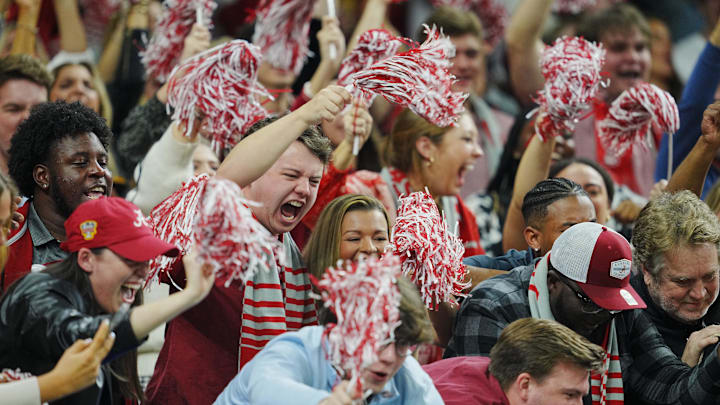All college football fans know that schedules impact the success or failure of a season. Debates rage for months about the strength of schedules (SOS). Debates never end because there is no universal standard for calculating SOS. One source; ESPN Analytics, provides easy-to-view SOS and SOR (strength of record) rankings.
ESPN's Chris Lowe recently wrote an interesting piece on schedules. Low subtly reminds us that debating SOS and SOR before at least midseason is akin to slogging through a swamp.
There is a vexing reason why college football fans are impatient when considering SOS. We don't know how much impact it will have when the CFB Playoff Selection Committee chooses 12 teams. New Playoff Executive Director, Richard Clark says SOS "is always a key criteria for the committee and it's written into the protocol." Just how key and whether it is uniformly applied is unknown.
Instead of mulling over the unknown of how the Selection Committee will use SOS and SOR, another exercise with schedules might reveal which teams have the best and worst chances for success in the 2024 season.
Using ESPN's FPI rankings, plus ESPN's analytics for SOS, a calculation can be made for season success. For example, the Alabama Crimson Tide is ranked No. 5 in the FPI, with a SOS of No. 6. Subtracting Bama's FPI ranking from its SOS ranking leaves a value of '1'. Compare Ohio State with an FPI of No. 4 and an SOS of No. 16, for a value of 12, and the comparison suggests the Buckeyes have an easier path to success than the Crimson Tide. It is perhaps a too simple calculation, but it might provide a different glimpse at future college football results.
College Football Teams - Best Chances for 2024 Success
Note: Potential 'wins vs. losses' success is indicated by much higher FPI rankings than a team's SOS ranking
- James Madison Dukes - FPI 51 and SOS 122 = 71
- Kansas Jayhawks - FPI 17 and SOS 77 = 60
- Liberty Flames - FPI 79 and SOS 134 = 55
- Notre Dame Fighting Irish - FPI 7 and SOS 55 = 48
- SMU Mustangs - FPI 25 and SOS 73 = 48
- Texas State Bobcats - FPI 82 and SOS 129 = 47
- Florida Atlantic Owls - FPI 83 and SOS 126 = 43
The calculations above beg the question; do Kansas, Notre Dame, and SMU have an unfair advantage of making the 12-team Playoffs?
